Why Prince Charles may not be named King Charles III
Prince Charles may not become King Charles III
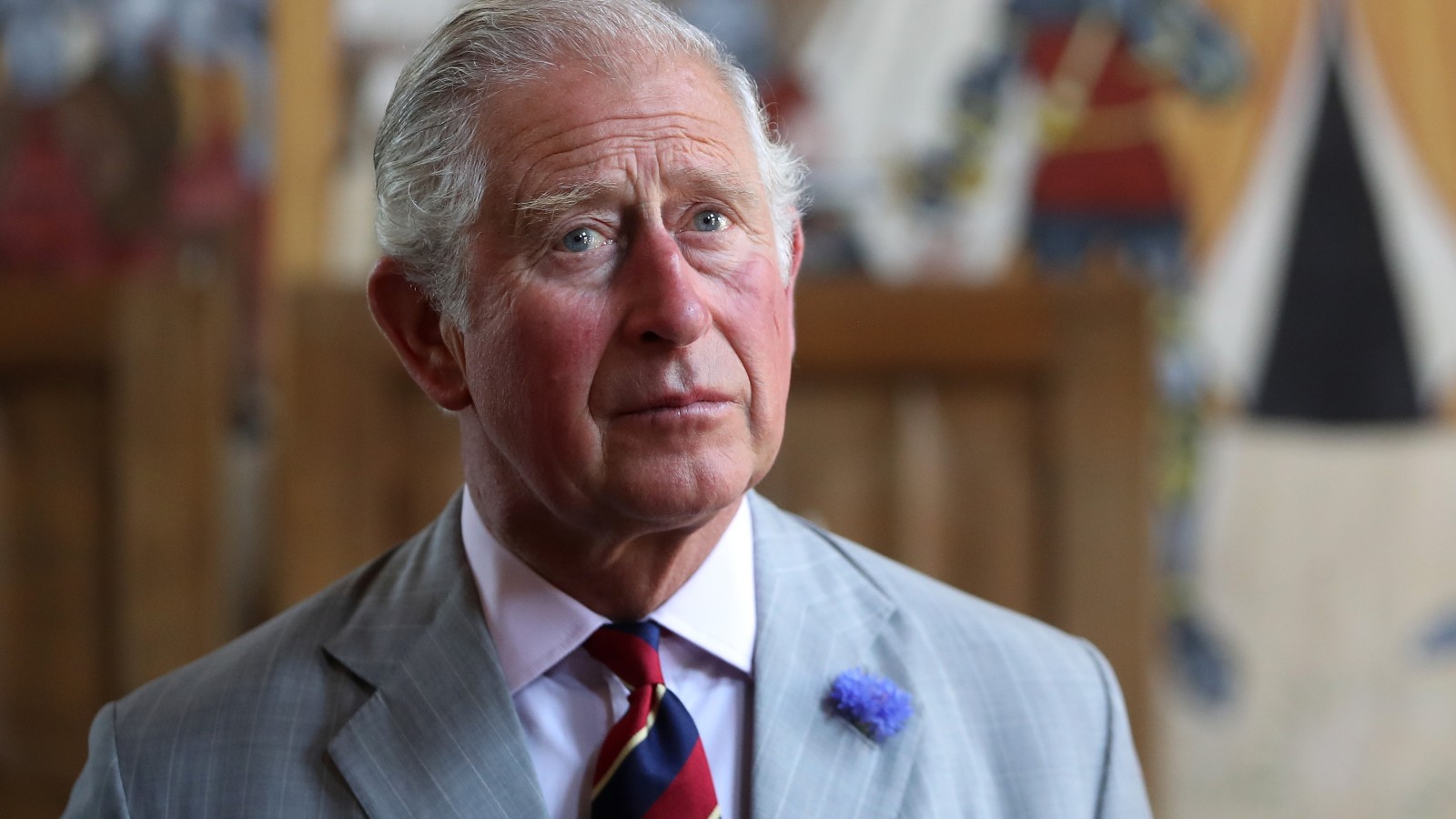

Due to a weird royal protocol, Prince Charles may not be King Charles III when the Queen dies and he ascends to the throne.
- Prince Charles is next in line to the throne when his mother the Queen dies.
- Reportedly, when the Prince takes to the throne, we may not refer to him as Charles anymore.
- In other royal news, see the bizarre detail you may have missed in Kate Middleton's new rugby photos.
As the eldest of Queen Elizabeth's children, and next in the royal line of succession, it appears obvious that when Prince Charles becomes King, he will become King Charles III. However, based on an old royal protocol he may decide to pick one of his middle names to rule by.
Prince Charles' full name is Charles Philip Arthur George. This means that Prince Charles could decide to be King Philip I, King Arthur I, or King George VII.
A strange royal protocol means that when royals take to the throne, they do not have to use their birth name as their title as sovereign.
The best example of this was the Queen's father who ruled as King George VI. King George's full name before he became King was Albert Frederick Arthur George, but he picked one of his middle names when he took to the throne.
Similarly, Queen Victoria was actually named, Alexandrina Victoria, and Edward VII was named Albert Edward. But both former rulers decided to use their middle names when they took to the throne, of course, this isn't the case for all former sovereigns and many have kept their own first name.
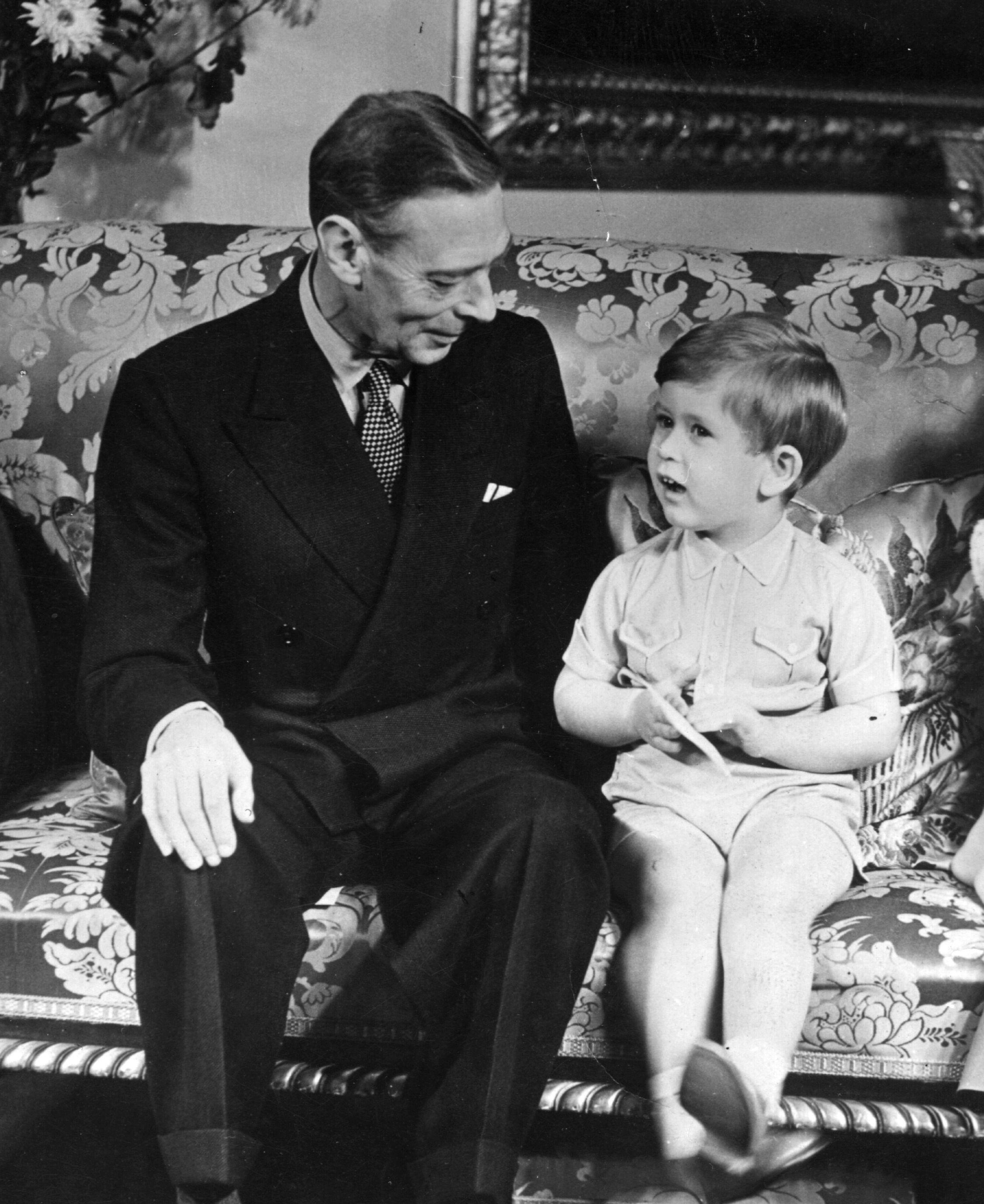
King George VI with Prince Charles on his third birthday in November 1951
When Princess Elizabeth took to the throne at the age of 25, she was reportedly asked if she wanted to change her name when she became Queen.
Sign up for the woman&home newsletter
Sign up to our free daily email for the latest royal and entertainment news, interesting opinion, expert advice on styling and beauty trends, and no-nonsense guides to the health and wellness questions you want answered.
Hello reported that the young Princess was asked by Martin Charteris, her private secretary, which name she wanted to be known as. The Queen replied, "My own of course."
Her Majesty's full name is Elizabeth Alexandra Mary, so Her Majesty had a few viable options that she could choose. But, as we know, she wanted to keep her own name and has been called Queen Elizabeth II since her coronation.
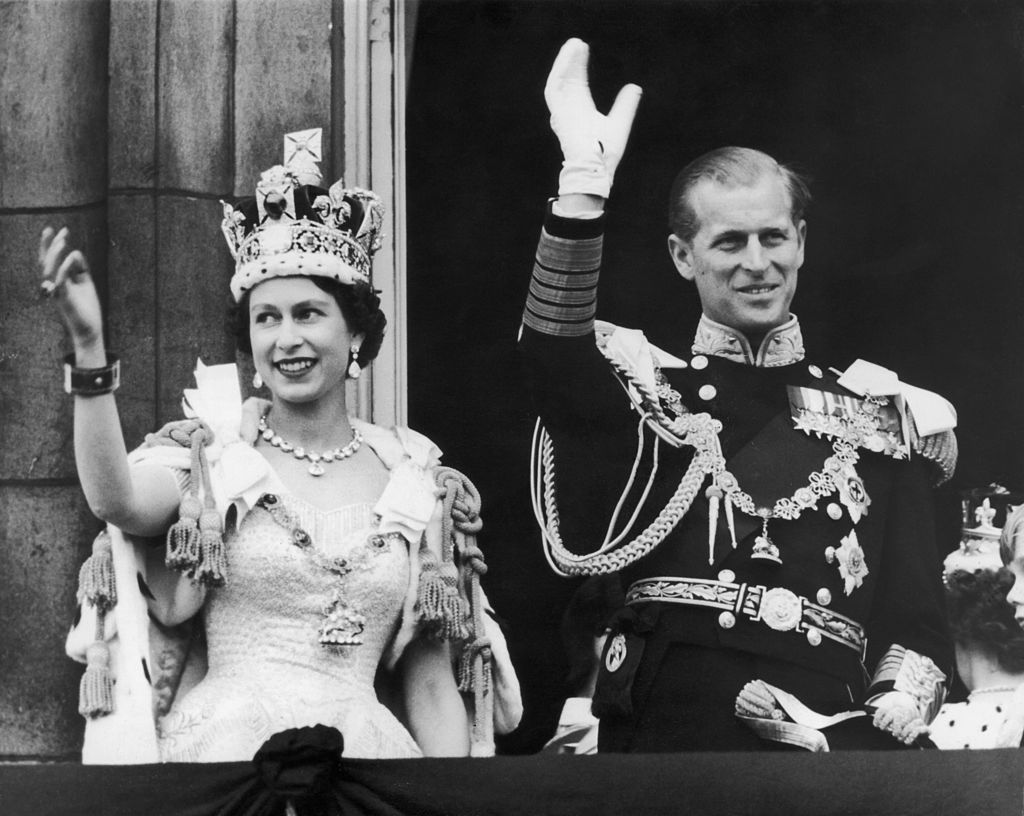
Queen Elizabeth II at her coronation
The Queen made the decision to keep her own name on the day her father died on February 6, 1952. The 70th anniversary of his death will be marked by Her Majesty at Sandringham House in just a few days.
This anniversary is a particularly bittersweet time for Her Majesty, who marks both the loss of her father and the day she became Queen.
Later this year, the official date Her Majesty was coronated and became sovereign will be marked with festivities for the Queen's Platinum Jubilee
Laura is the Entertainment Editor for woman&home who primarily covers television, film, and celebrity news. Laura loves drinking and eating and can often be found trying to get reservations at London's trendiest restaurants. When she's not wining and dining, Laura can also be found travelling, baking, and hiking with her dog.
-
 We're in awe of Sienna Miller's easy-going and 'piece-y' hairstyle and how perfect it is for spring
We're in awe of Sienna Miller's easy-going and 'piece-y' hairstyle and how perfect it is for springThis laid-back hairstyle is - quite literally - making waves this season
By Naomi Jamieson
-
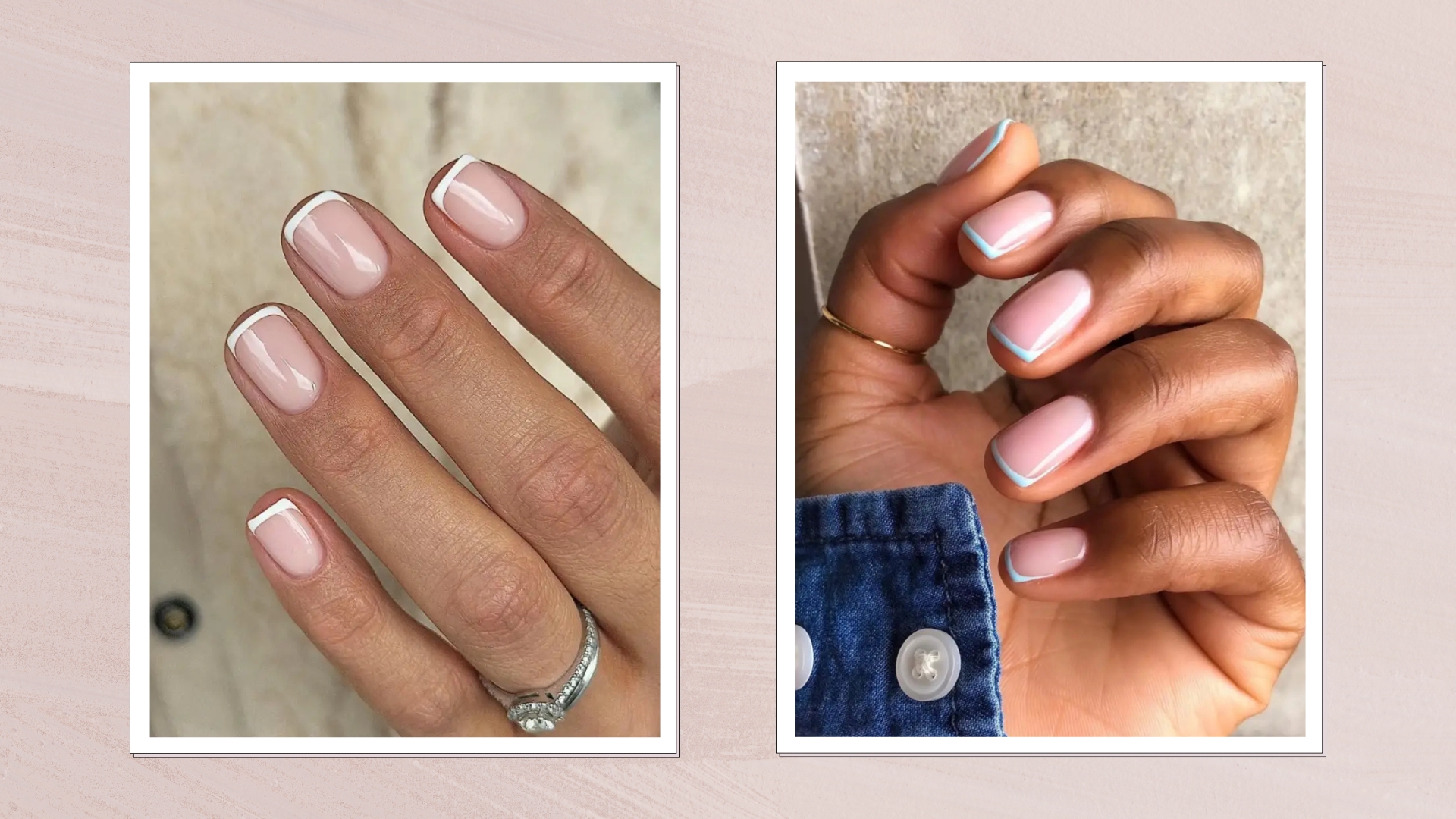 We never thought we'd see this 'dated' manicure make a chic comeback, but here it is - and we're on board
We never thought we'd see this 'dated' manicure make a chic comeback, but here it is - and we're on boardClean and angular, short square French tips are a go-to this season for a practical but stylish manicure...
By Naomi Jamieson
-
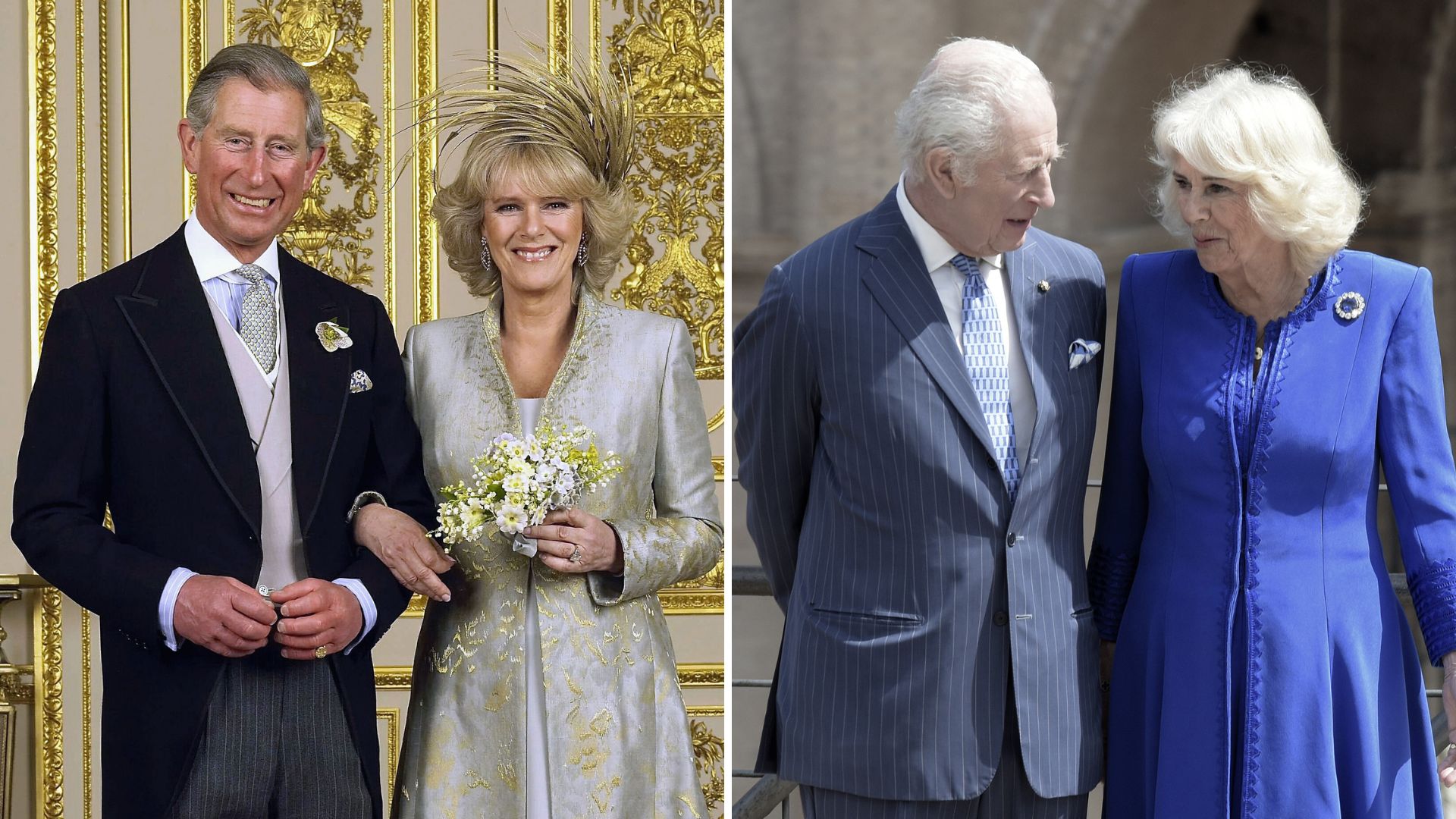 Queen Camilla sends subtle but sweet message as she and King Charles share 20th wedding anniversary video
Queen Camilla sends subtle but sweet message as she and King Charles share 20th wedding anniversary videoThe King and Queen have taken us on a trip down memory lane as they marked their milestone anniversary with a special video montage.
By Emma Shacklock
-
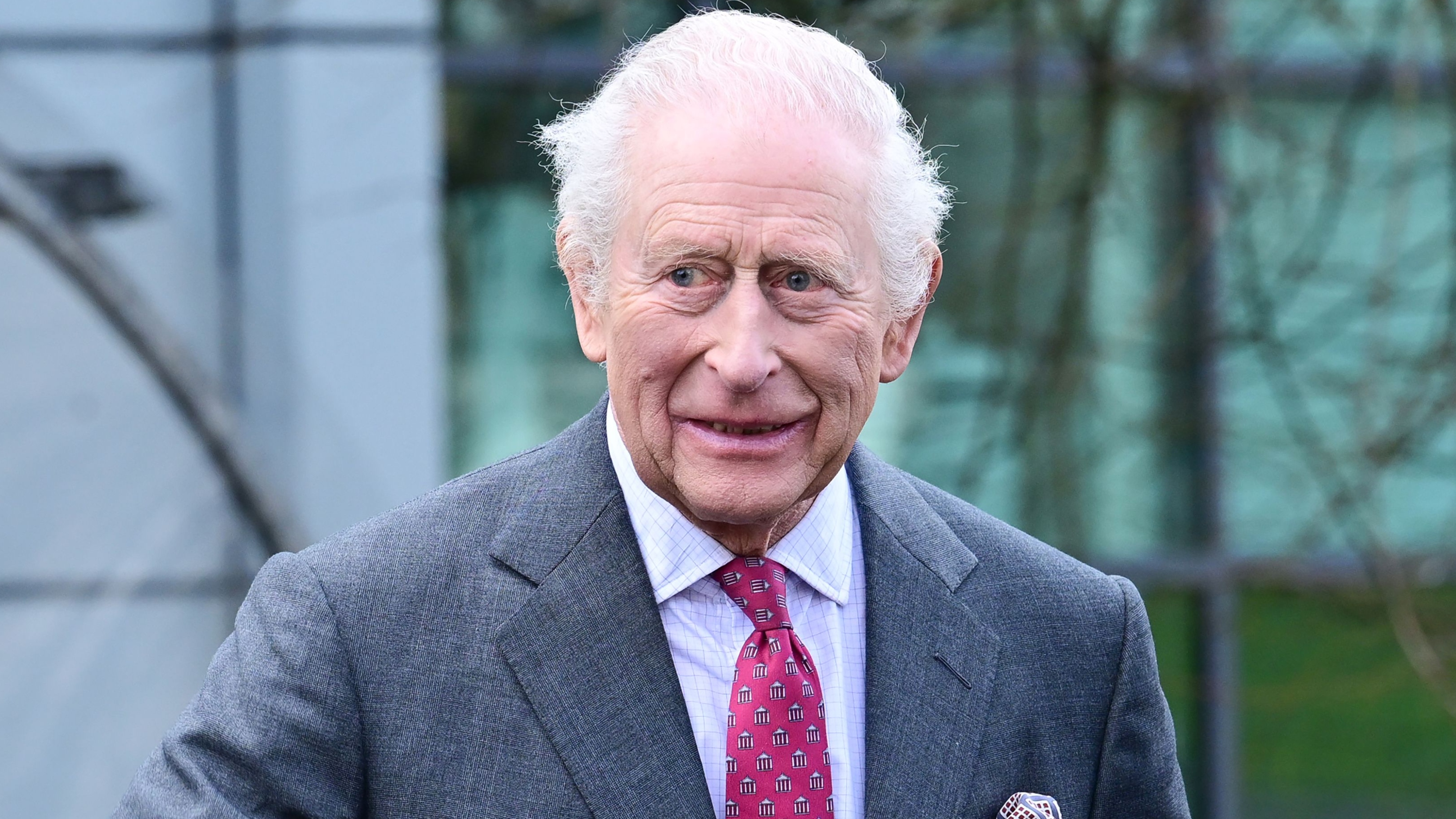 There's 'only one person' King Charles will 'listen to' when it comes to his health, says royal expert
There's 'only one person' King Charles will 'listen to' when it comes to his health, says royal expertKing Charles is known for his 'workaholic' ways and his commitment to his schedule hasn’t changed since his cancer diagnosis.
By Emma Shacklock
-
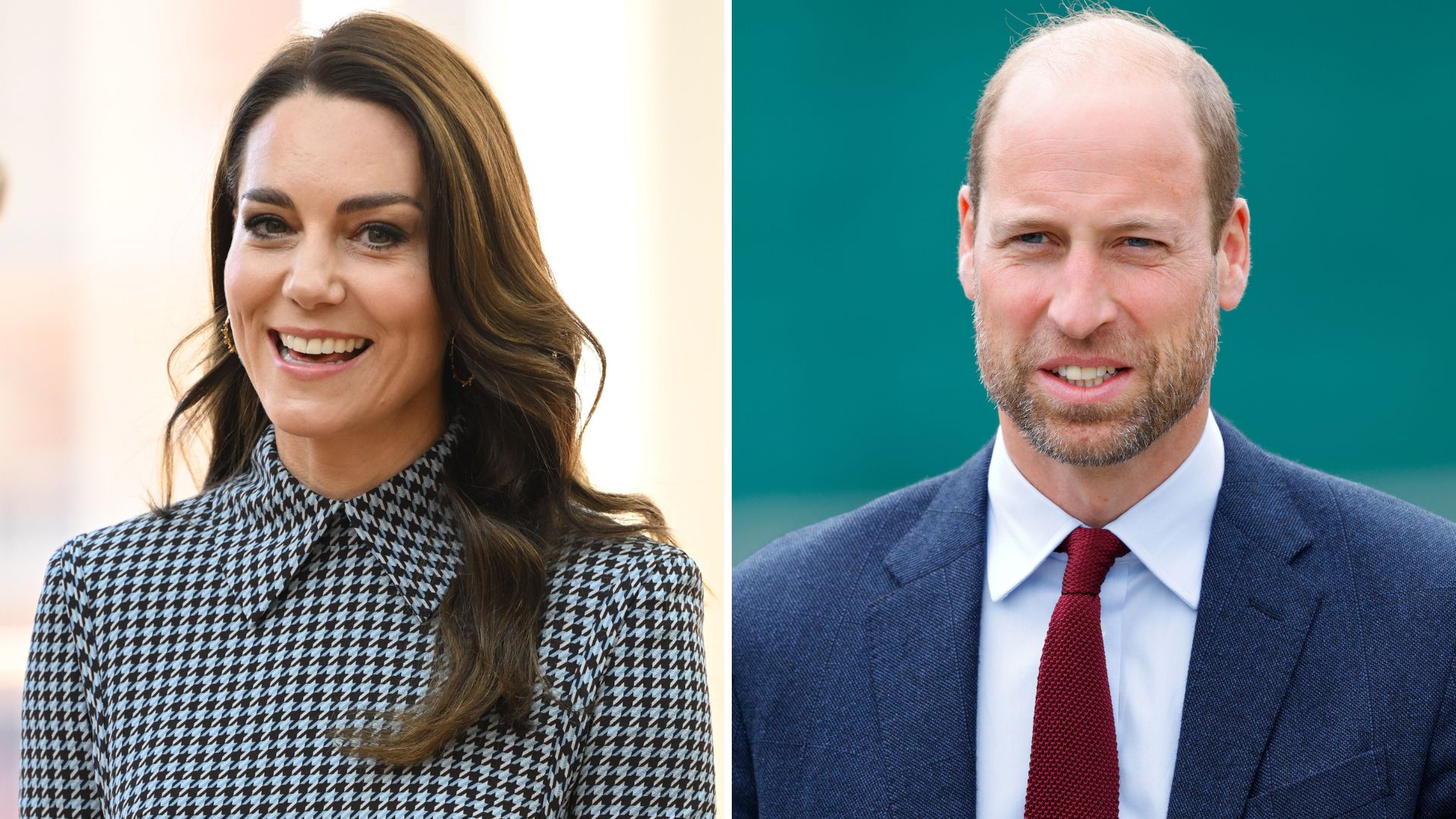 Kate Middleton's foodie compromise for Prince William that we bet she'd make for King Charles
Kate Middleton's foodie compromise for Prince William that we bet she'd make for King CharlesThe Princess of Wales has developed a way to keep everyone happy when she makes a signature dish and it involves tweaking the method
By Emma Shacklock
-
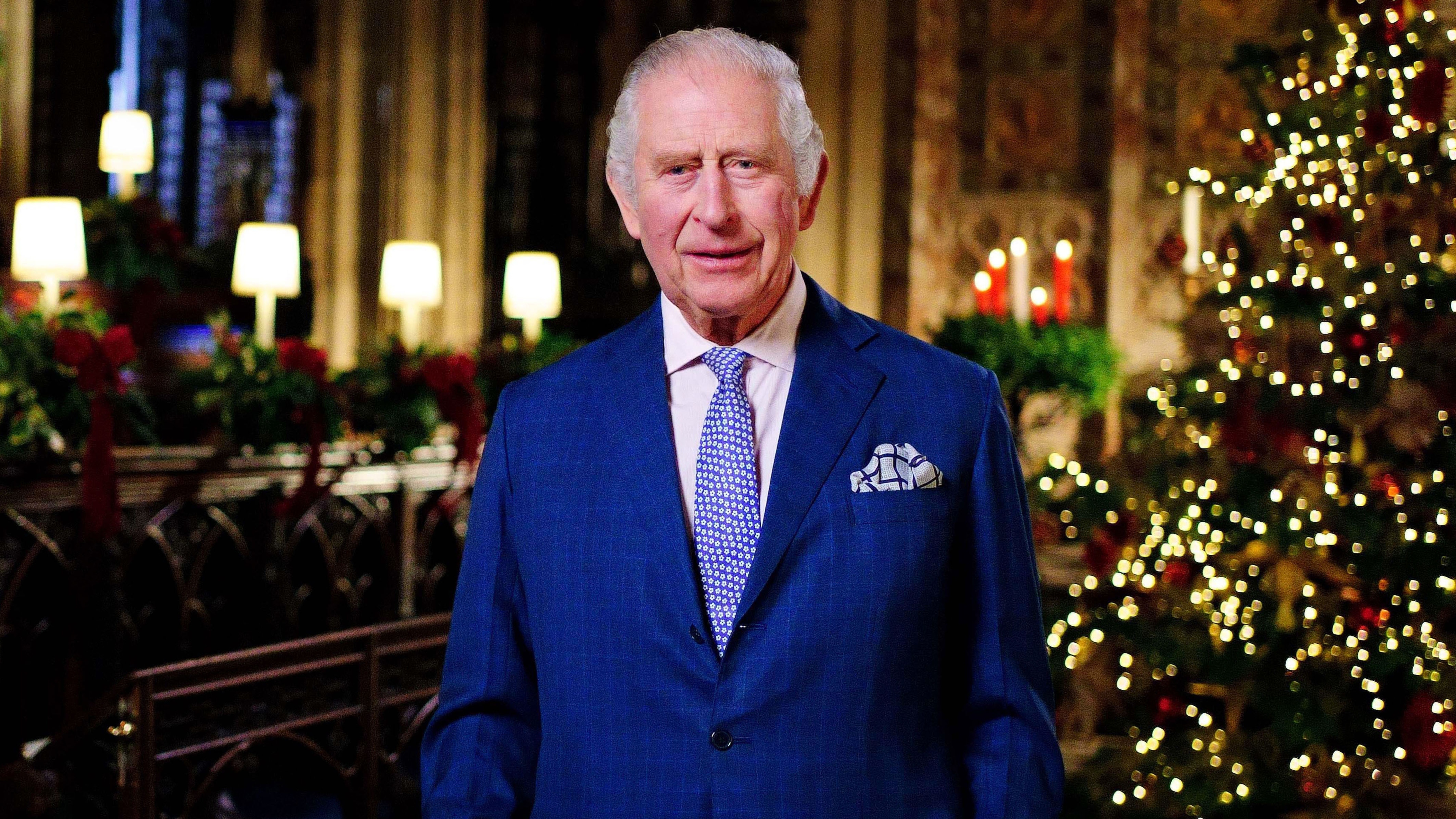 How to watch King Charles's Christmas speech 2024: When is it on, what channels and is it pre-recorded?
How to watch King Charles's Christmas speech 2024: When is it on, what channels and is it pre-recorded?Here's how to watch King Charles's Christmas speech where you are as we look forward to the monarch's annual festive message
By Emma Shacklock
-
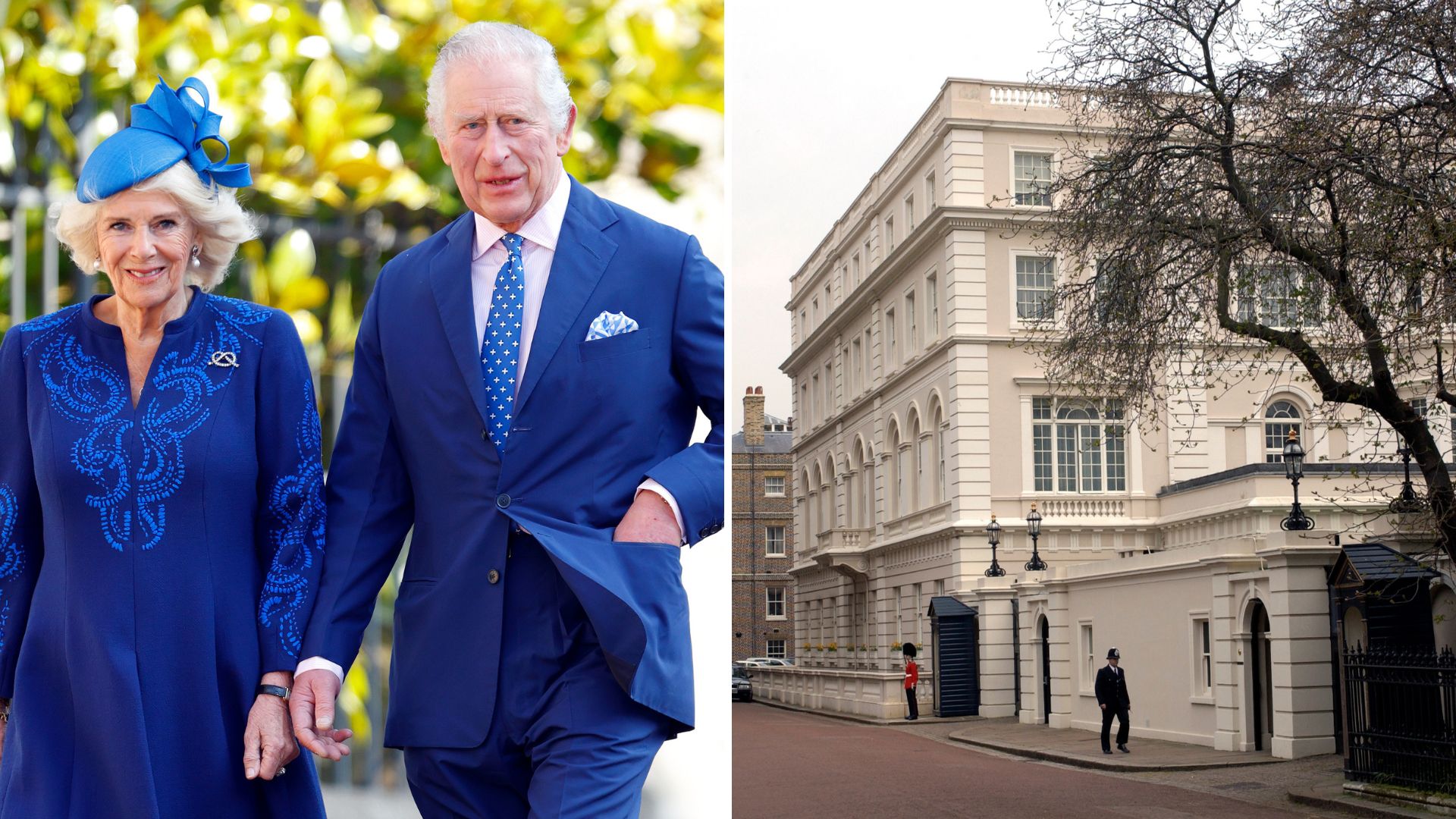 Where do King Charles and Queen Camilla live, do they own Clarence House and how many bedrooms does their sentimental home have?
Where do King Charles and Queen Camilla live, do they own Clarence House and how many bedrooms does their sentimental home have?King Charles has lived at Clarence House since 2003 and although he and Queen Camilla might move one day, it's a very special royal home
By Emma Shacklock
-
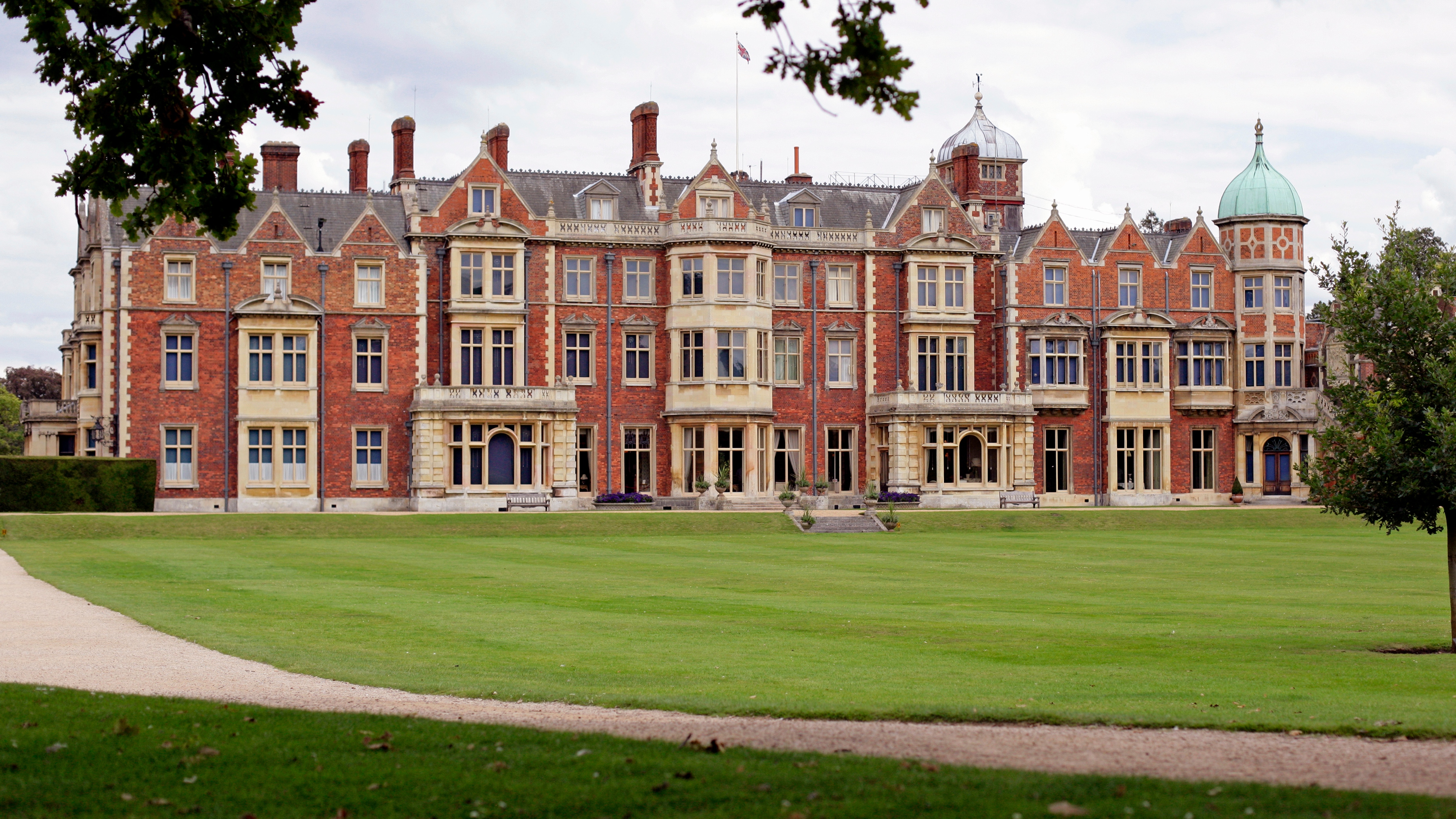 Where is Sandringham House, is it open to the public and does Prince William have a house on the Sandringham estate?
Where is Sandringham House, is it open to the public and does Prince William have a house on the Sandringham estate?Sandringham House and Estate have belonged to the Royal Family for generations and here's all we know about this private home
By Emma Shacklock
-
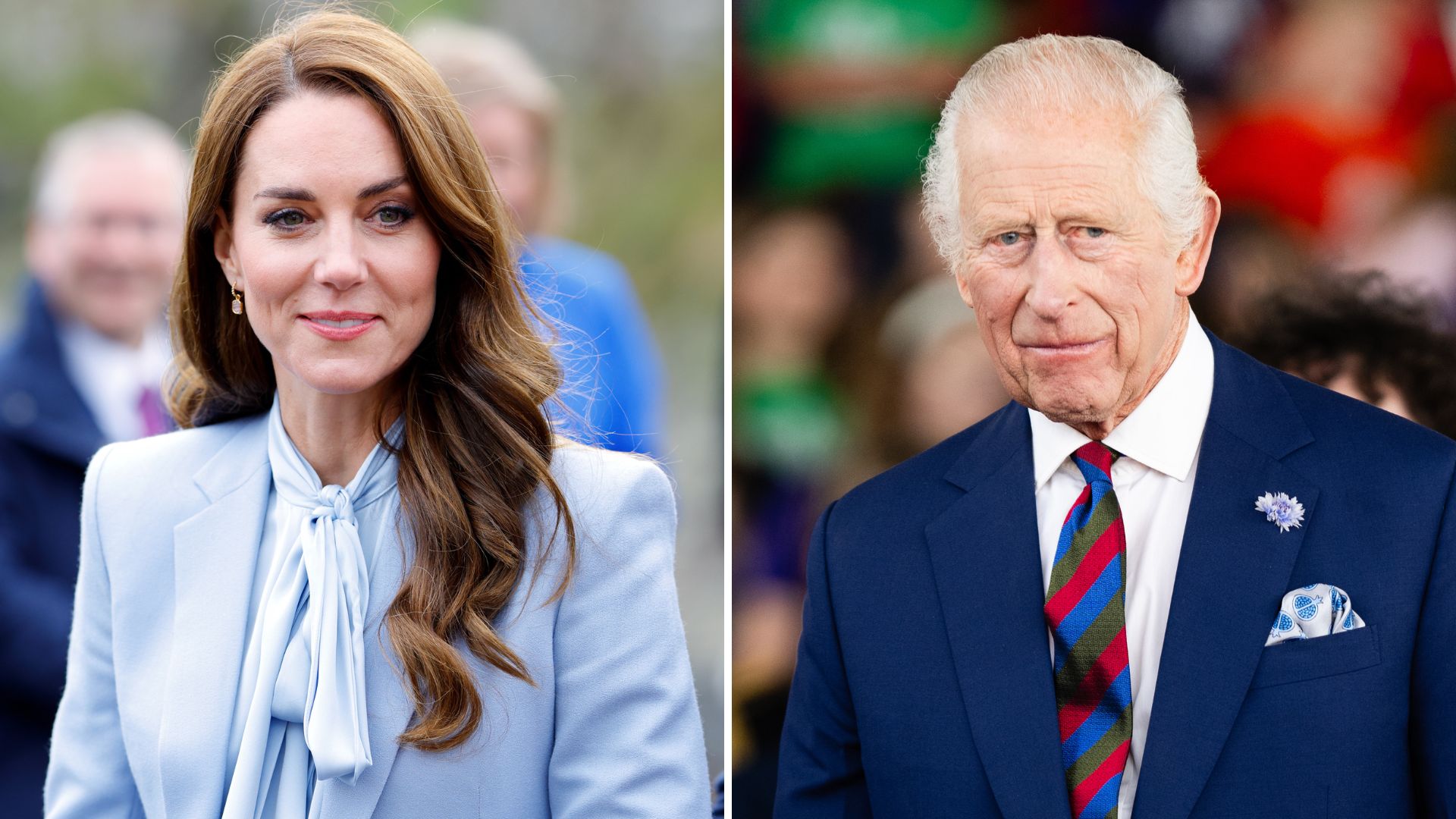 Kate Middleton’s favourite hobby that is ‘less than satisfying’ for King Charles
Kate Middleton’s favourite hobby that is ‘less than satisfying’ for King CharlesKate Middleton's favourite hobby is one her father-in-law isn't a fan of and King Charles took up something else after finding it 'impossible'
By Emma Shacklock
-
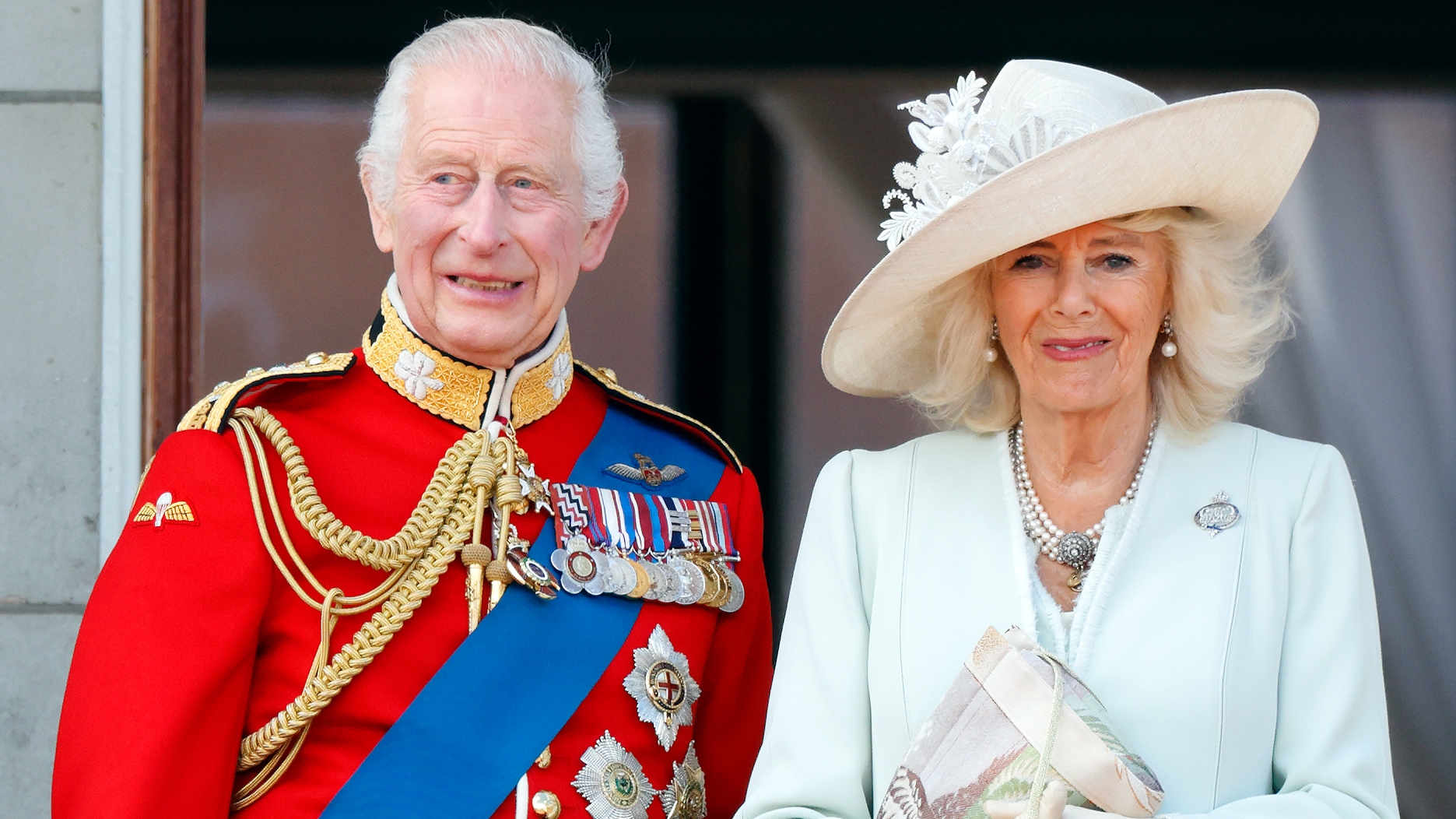 King Charles's 'constant battle' with Queen Camilla that he 'usually wins'
King Charles's 'constant battle' with Queen Camilla that he 'usually wins'King Charles and Queen Camilla have been described by her sister as 'polar opposites' and this apparently leads to a lot of 'banter' at home
By Emma Shacklock